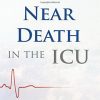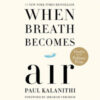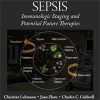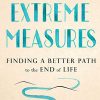Corticosteroid Treatment and Survival in Critically Ill COVID-19 Patients
link.springer.comOur multinational study identified three distinct clinical COVID-19 phenotypes, each exhibiting marked differences in demographic, clinical, and immunological features, and in the response to late and short-term corticosteroid treatment.
We derived three phenotypes: COVIDICU1 (43% of patients) consisted of younger patients with the lowest Acute Physiology And Chronic Health Evaluation (APACHE) scores, highest body mass index (BMI), lowest PaO2/FiO2 ratio, and a 90-day in-hospital mortality rate of 18%.
COVIDICU2 patients (37%) had the lowest BMI, were older and had higher APACHE scores and mortality rate (24%) than COVIDICU1. Patients with COVIDICU3 (20%) were the eldest with the most comorbidities, the highest APACHE scores, acute kidney injury and metabolic dysregulations, and the highest mortality rate (47%).
These patients also displayed the most pronounced inflammatory response. Corticosteroid therapy started at day 5 [2–9] after ICU admission and administered for 5 days was associated with an increased risk for 90-day mortality in patients with the COVIDICU1 and COVIDICU2 phenotypes (hazard ratio [HR] 1.59 [1.09–2.31], p = 0.015 and HR 1.79 [1.42–2.26], p < 0.001, respectively), but not in patients with the COVIDICU3 phenotype (HR 1.08 [0.76–1.54], p = 0.654).

















